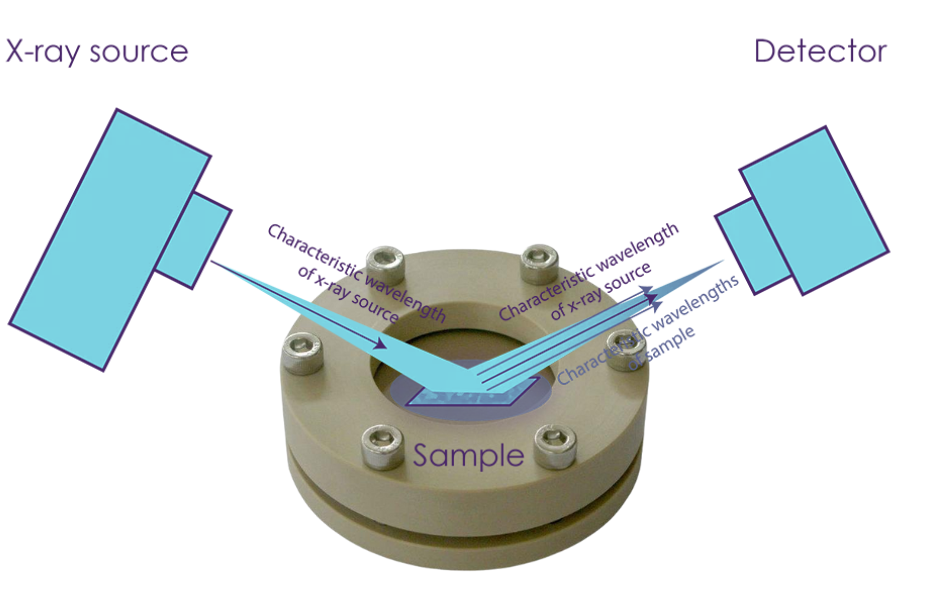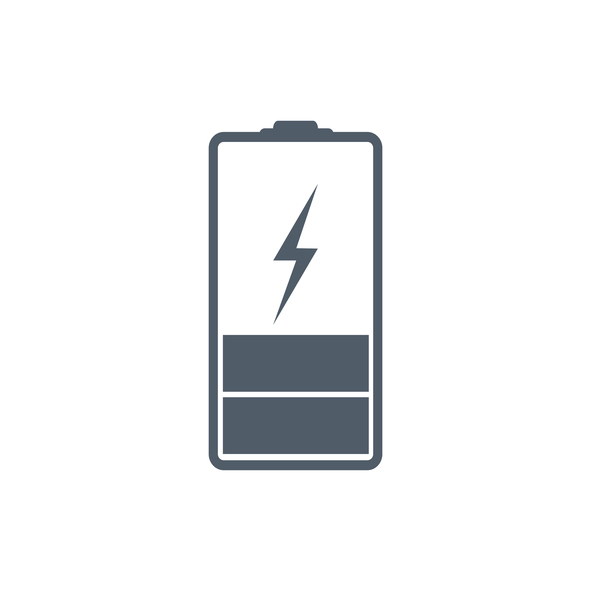 Chock Karuppaiah Ph.D.
Chock Karuppaiah Ph.D.
Founder and Chairman, Vetri Labs
Date: May 3, 2023
Time: 1300–1400h ET
Sponsors: BioLogic, TA Instruments – Waters
 Chock Karuppaiah Ph.D.
Chock Karuppaiah Ph.D.
Founder and Chairman, Vetri Labs
Date: May 3, 2023
Time: 1300–1400h ET
Sponsors: BioLogic, TA Instruments – Waters
 A collaborative team of researchers from Shinshu University in Japan have found a new way to curb some of the potential dangers posed by lithium ion batteries.
A collaborative team of researchers from Shinshu University in Japan have found a new way to curb some of the potential dangers posed by lithium ion batteries.
The team was led by Susumu Arai, a professor of the department of materials chemistry and head of Division for Application of Carbon Materials at the Institute of Carbon Science and Technology at Shinshu University.
These batteries, typically used in electric vehicles and smart grids, could help society realize a low-carbon future, according the authors. The problem is that while lithium could theoretically conduct electricity at high capacity, lithium also results in what is known as thermal runaway during the charge and discharge cycle.
“Lithium metal is inherently unsuitable for use in rechargeable batteries due to posing certain safety risks,” said Arai. “Repeated lithium deposition/dissolution during charge/discharge can cause serious accidents due to the deposition of lithium dendrites that penetrate the separator and induce internal short-circuiting.”
In the field of batteries, lithium is king. But a recent development from scientists at the Toyota Research Institute of North America (TRINA) may introduce a new competitor to the field.
The researchers have recently developed the first non-corrosive electrolyte for a rechargeable magnesium battery, which could open the door to better batteries for everything from cars to cell phones.
Magnesium has long been looked at as a possible alternative to lithium due to its high energy density. However, these batteries have not seen much attention in research and development due to the previously non-existent electrolyte. Now that the electrode has been developed, the researchers believe they will be able to demonstrate the value of this system.
New technology developed by researchers at the University of Michigan has been designed with the intention of preventing fires caused by lithium-ion battery malfunctions.
Researchers are making this possible by creating an advanced barrier between the electrodes in the lithium-ion battery. The barrier is made with nanofibers extracted from Kevlar – the material known for its use in bulletproof vests. The Kevlar nanofibers stifle the growth of metal tendrils that can become unwanted pathways for electrical current.
“Unlike other ultra strong material such as carbon nanotubes, Kevlar is an insulator,” said Nicholas Kotov, the Joseph B. and Florence V. Cejka Professor of Engineering. “This property is perfect for separators that need to prevent shorting between two electrodes.”
Short-circuiting happens in these batteries when holes in the membranes are too big and dendrites poke through to the membrane. They create a path for electrons within the battery, shorting it out.